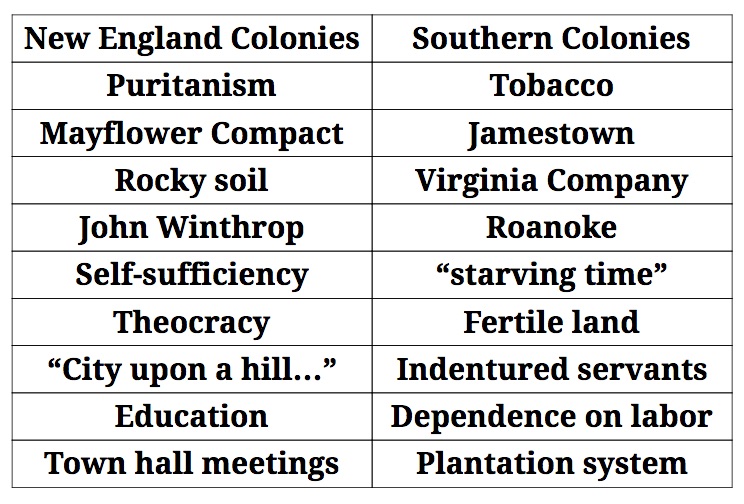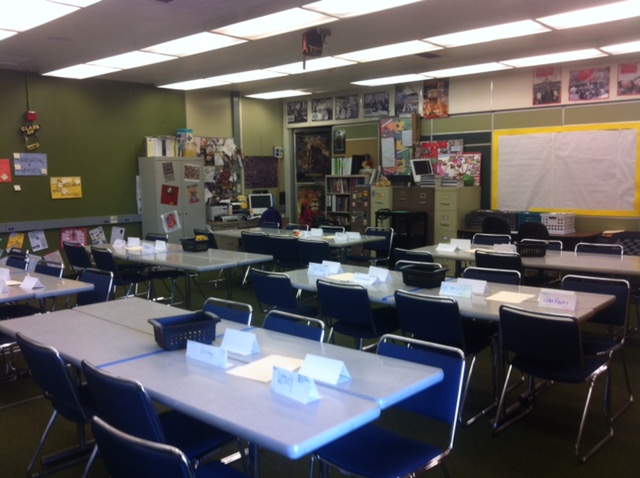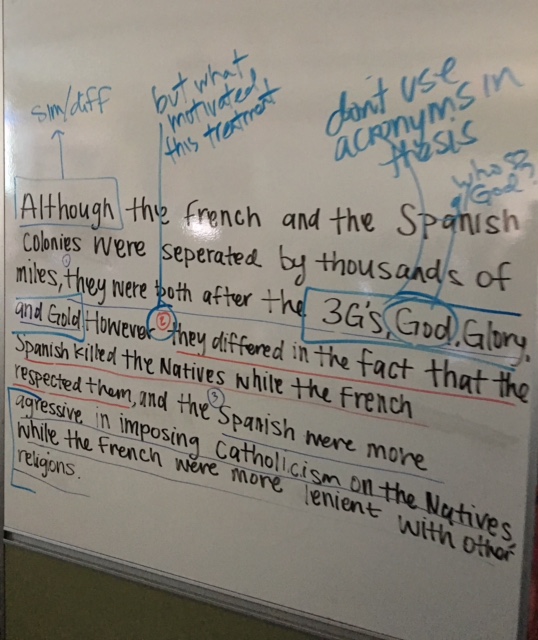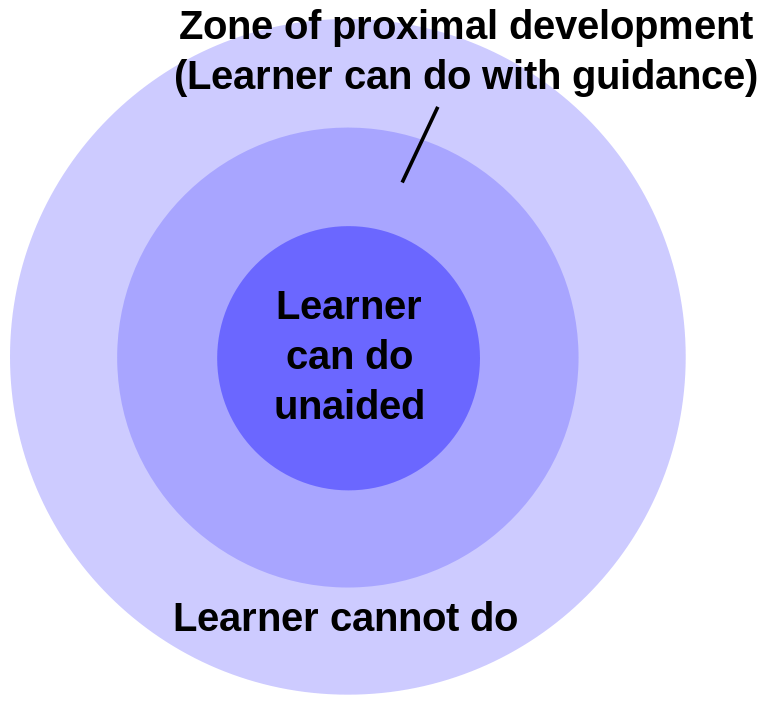|
Today was one of those rare days where my lesson went better than I had imagined. Fortunately, I had a colleague observing who was able to give me some great feedback during the class as he witnessed some awesome student learning. As educators, we strive for those days where things just work out, students seem to really get into the task, and forget they are even working from bell to bell. We have to love it when we ask students to stop working on a task and they resist. It's hard to complain, but those few extra minutes are always worth the wait. The kind of affirmation I received from my colleague shows how planning with purpose produces results and allows students to constantly be engaged. Here are a few ideas about classroom culture and the choices I made in this lesson and how they impact my overall teaching style.
1 Comment
|
Archives
January 2019
Categories
All
|
Proudly powered by Weebly




 RSS Feed
RSS Feed